One of the most recognized brands worldwide is Nike, featuring its famous Swoosh logo. The history of the logo is colorful and much insight can be gleaned from its concept and development.
 In the late 60’s, Phil Knight was teaching accounting at Portland State and he approached a college student named Carolyn Davidson to do some graphic design work for him because he heard she needed money to take an oil painting class. They agreed on $2 per hour and their relationship began. After working for several years as a freelance graphics designer for Phil, he asked her in early 1971 to create a new logo for a shoe company he was starting.
In the late 60’s, Phil Knight was teaching accounting at Portland State and he approached a college student named Carolyn Davidson to do some graphic design work for him because he heard she needed money to take an oil painting class. They agreed on $2 per hour and their relationship began. After working for several years as a freelance graphics designer for Phil, he asked her in early 1971 to create a new logo for a shoe company he was starting.
She created several logos and presented them. The Swoosh was not immediately accepted and she was asked if she had others. After presenting several other designs it was decided to go with the Swoosh because they needed it immediately and Phil said, “We don’t love it but maybe it will grow on me.”
And the rest is history. The Nike Swoosh is one of the most recognizable logos in the world. And what whopping sum did Carolyn get paid? $35 for the 17.5 hours it took her to create the design options presented to Phil. Pretty good investment.
Where do we look for fresh ideas in higher education? Industry experts, benchmark studies, consultants? Maybe it is time we start looking at the customers we serve for how we should be redesigning higher education. That is only the beginning. Instead of rejecting new ideas because “we have never done it that way,” we need some of Phil’s attitude. I don’t love it but maybe it will grow on me.


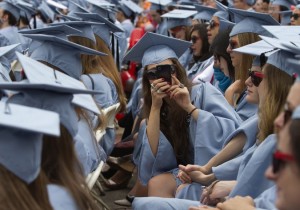

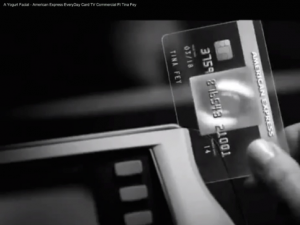 I will warn you this post has little to do with higher education and more to do with something that has been annoying me. I would like to tell you it is something really important to world peace, betterment of mankind, or even something witty. Nope. It is about credit card commercials and the close-up shot of their card being swiped by a customer.
I will warn you this post has little to do with higher education and more to do with something that has been annoying me. I would like to tell you it is something really important to world peace, betterment of mankind, or even something witty. Nope. It is about credit card commercials and the close-up shot of their card being swiped by a customer.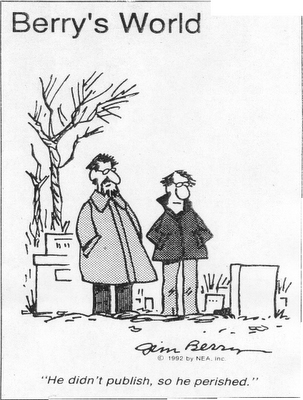


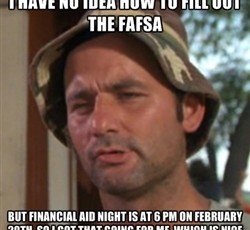
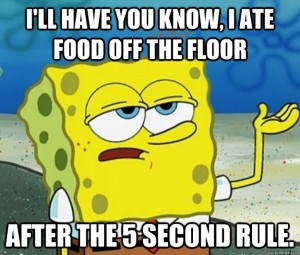 We all know the
We all know the 
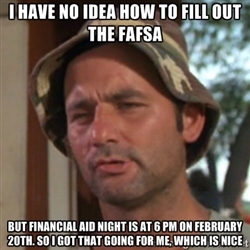 The government just released the new amount for Pell Grants next year – $5,730.
The government just released the new amount for Pell Grants next year – $5,730.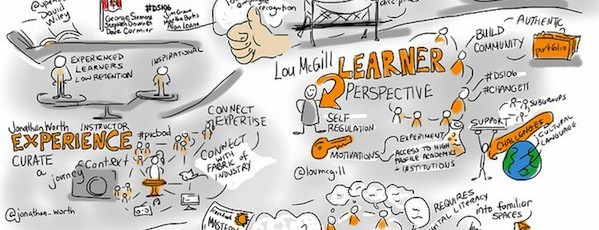
 When I was little, one of my favorite meals was a big bowl of spaghetti with extra Parmesan cheese on top. My mother always let me shake the green can of cheese over the steaming pile of pasta, and I would shake until I had a perfect dusting of cheesy golden deliciousness. We gave it the nickname “Shaky Cheese.”
When I was little, one of my favorite meals was a big bowl of spaghetti with extra Parmesan cheese on top. My mother always let me shake the green can of cheese over the steaming pile of pasta, and I would shake until I had a perfect dusting of cheesy golden deliciousness. We gave it the nickname “Shaky Cheese.”
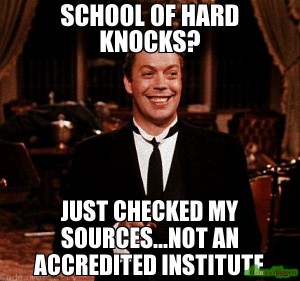 And Senator Rubio called for a “swift overhaul of accreditation.” Again, sounds like something I have been advocating for a while. And how is the good Senator going to do this? By creating an independent accrediting body to accredit free online courses. Great, so now we have regional accrediting bodies, national accrediting bodies, state accrediting bodies and now an independent accrediting body. Tell me again how this reduces costs?
And Senator Rubio called for a “swift overhaul of accreditation.” Again, sounds like something I have been advocating for a while. And how is the good Senator going to do this? By creating an independent accrediting body to accredit free online courses. Great, so now we have regional accrediting bodies, national accrediting bodies, state accrediting bodies and now an independent accrediting body. Tell me again how this reduces costs?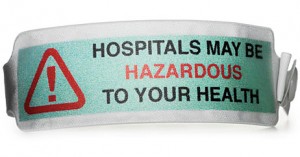 As I was traveling by car to my parent’s home in West Virginia, I was listening to NPR on the radio. I am not sure which program or even the name of the guest because of the lack of reception in the mountains, but I listened in amazement as the host and a physician discussed a study published in the
As I was traveling by car to my parent’s home in West Virginia, I was listening to NPR on the radio. I am not sure which program or even the name of the guest because of the lack of reception in the mountains, but I listened in amazement as the host and a physician discussed a study published in the